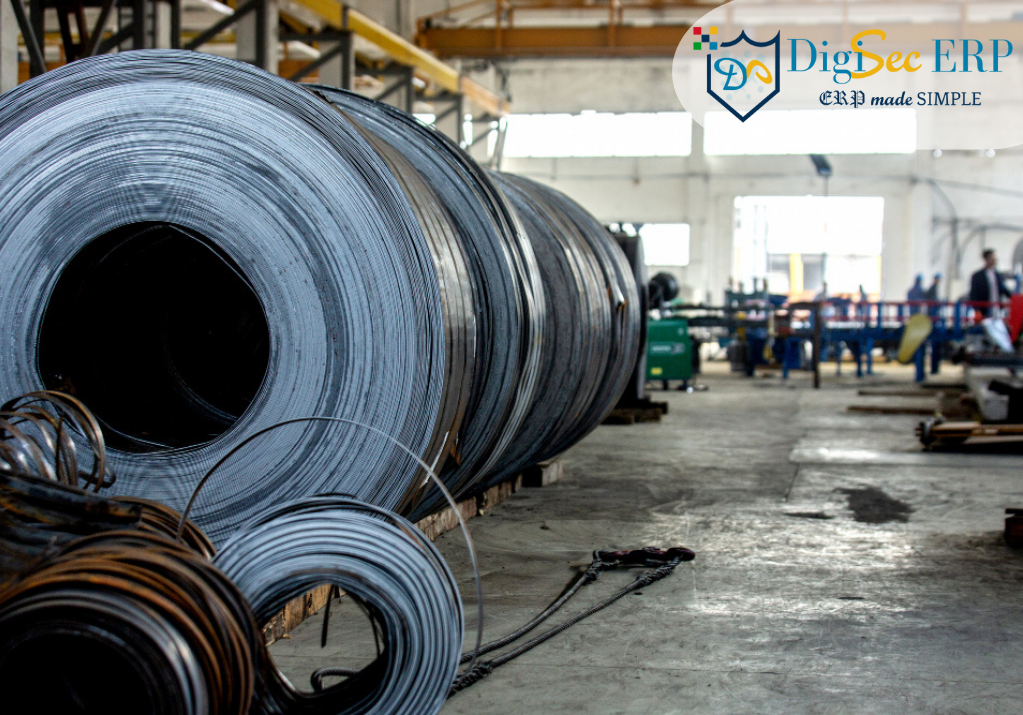Steel consumption is a direct indicator of development work being carried out in a country. Steel becomes a major import/export material depending upon the country’s production capacities. India, at the moment, is the world’s 2nd largest Steel Producer.

Credit: freepik.com
The steel industry in India was de-licensed and decontrolled in the years 1991 and 1992 respectively. The National Steel Policy 2005 was defined and designed keeping in mind the infrastructure development that India had to undergo over the next 2-3 decades. The focus was to achieve global competitiveness not only in terms of cost, quality, and product mix but also in terms of global benchmarks of efficiency and productivity. This fostered the industry which helped industry to grow YoY. In 2014-15, production for sale of total finished steel (alloy + non-alloy) was 91.46 million tonnes, a growth of 4.3% over 2013-14. Production for the sale of pig iron in 2014-15 was 9.7 million tonnes, a growth of 22% over 2013-14.
The NSP 2017 was defined to develop a self-sufficient steel industry that is globally competitive. In November 2022, export duty on the export of Steel was lifted by the GOI thus providing a further thrust to the industry. India’s finished steel consumption is anticipated to increase to 230 MT by 2030-31 from 133.596 MT in FY22. Capacity for domestic crude steel expanded from 137.97 MT in 2017-18 to 154.06 MT in 2021-22, Compounded Annual Growth Rate (CAGR) of 3.7% during this five-year period.
There are two types of steel plants – mini steel plants and integrated steel plants. With more than 650 mini steel plants across the country, their combined production totals more than half of the country’s steel is produced. Mini steel plants are smaller, have electric furnaces, and use steel scrap as well as sponge iron. They have re-rollers that use steel ingots as well.

Discussion on ERP or Digitization in the Steel industry cannot be limited to Steel Producing Plants but also has to take into ambit the consumers of Steel as a Raw Material. The issues arising out of handling steel during production or consumption are large and of the same nature. Some complexities, as mentioned below, arising on account of different attributes associated with the kind/type of steel being stocked have to be addressed through any digital roadmap that the company embarks upon.
1. Managing stocks in multiple units of measurement for the same item like kgs, nos, and length.
2. Same item dimensions change frequently. For example, a plate of 8′ x 4′ can be cut into 2′ x 4′ pieces and sold. This leads to a new inventory SKU being introduced. This happens all the time and every day.
3. Managing lot traceability based on heat numbers. This is required when steel products are used in the manufacturing of critical components wherein specific chemical and mechanical composition is mandatory to be adhered to.
Data & Process Digitization Benefits in Steel Industry
There are some benefits that the steel industry can get from ERP solutions to ease their processes and make their process fast.
- Cross Department and/or Company Data Exchange: Integrated ERP software allows for the integration of all critical processes, from procurement to order shipment and everything in between, such as raw material processing and manufacturing.
- Technology Integration: The steel and fabrication industries continue to function with legacy systems and outdated equipment. Those businesses are left behind and never grow beyond their current capacity in today’s fast-paced marketplace. It becomes necessary to integrate an IT model which supports all processes from raw material handling to order shipments through effective data sharing and parallel processing.
- Handling Multiple Planning Scenario – MTO and MTS: Steel production frequently necessitates the use of many production planning systems. Flat or strip items are made-to-order, while long sheets and bars are made-to-stock. Costing for made-to-stock is based on standard procedures, but costing for made-to-order is based on the nature of the order and material requirements.
- Visibility of Important data and Processes: Steel manufacturers can get a seamless flow of information Connected devices, robotics, and other IoT technology have contributed to the automation of manufacturing and the reduction of rework. Steel manufacturers can achieve a continuous flow of information throughout the organization, allowing all users to access essential information whenever and wherever they need it. It ensures the efficiency of the employees.
- Enhance Tracking and Tracing of Inventory: ERP will assist you in forecasting and measuring the number of raw materials and semi-finished goods you will require for your production. Our software’s real-time inventory data assists you in synchronizing the demand cycle.
There are a lot of uses for integrated ERP which help startups, SMEs, or large enterprises in various manners which eases the operation system of the organization and helps unleash the potential of enterprises.
Any Digital Platform which can handle these use cases on the fly with a lot of user convenience is a good platform to implement in the steel industry. The knowledge of the consultants implementing the processes is also extremely important in such cases.




